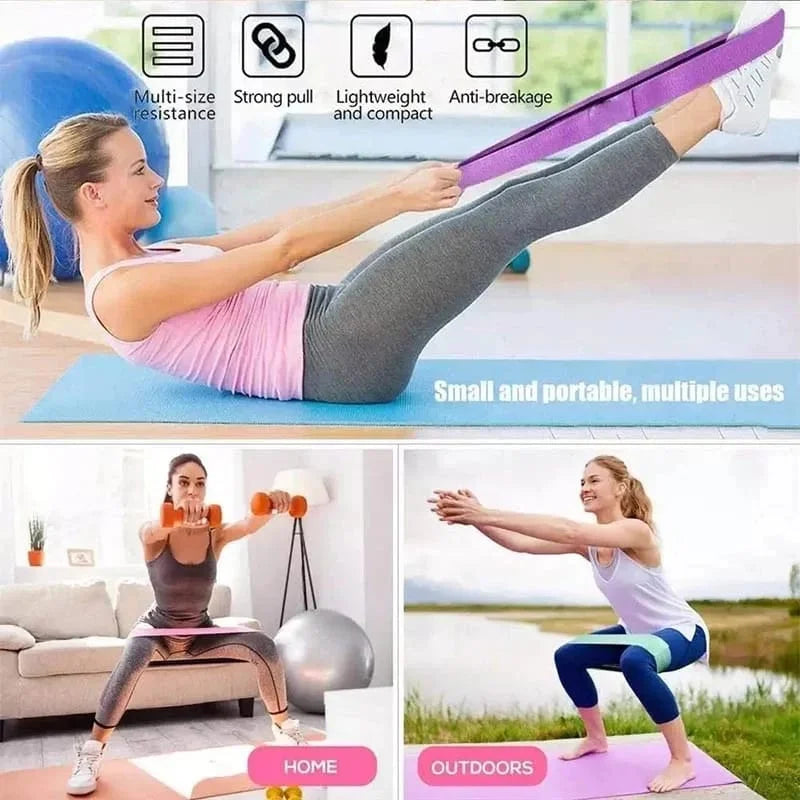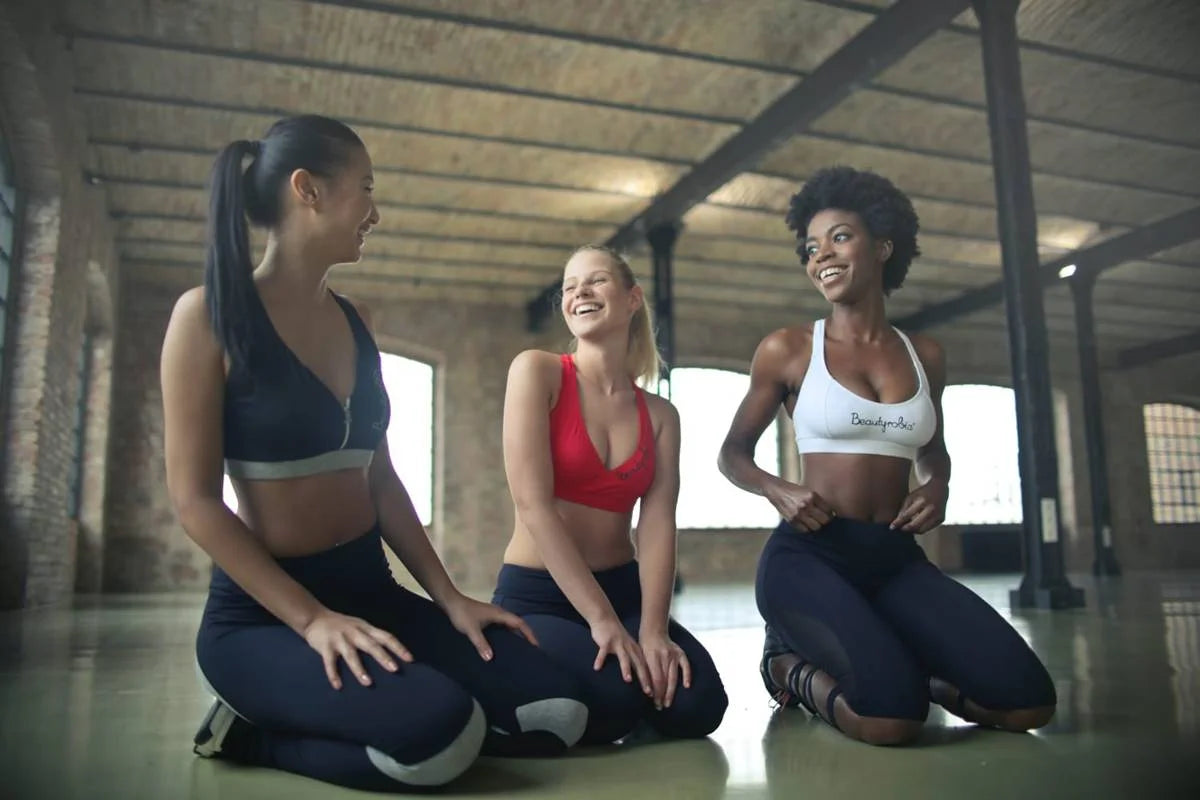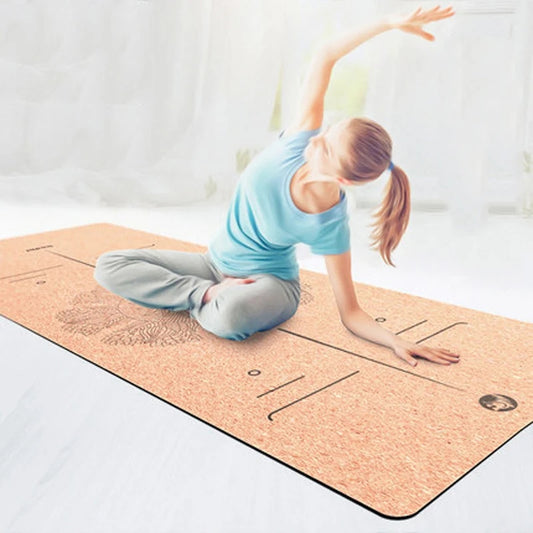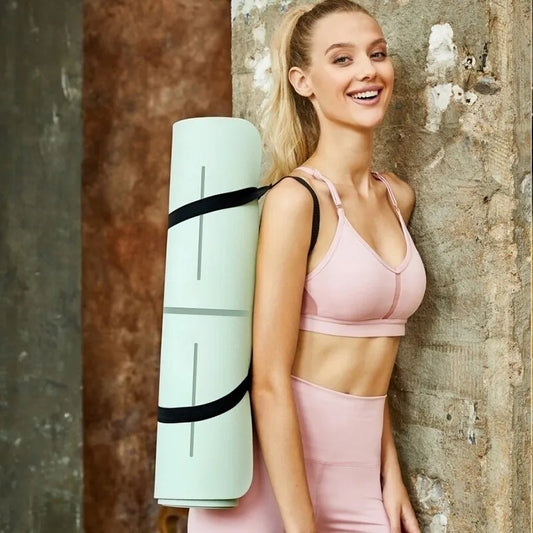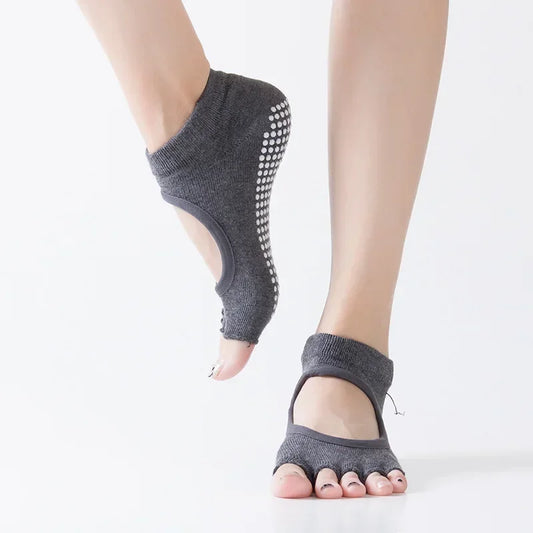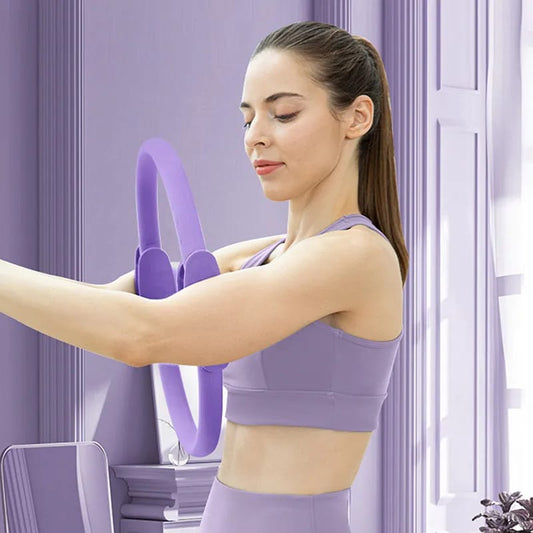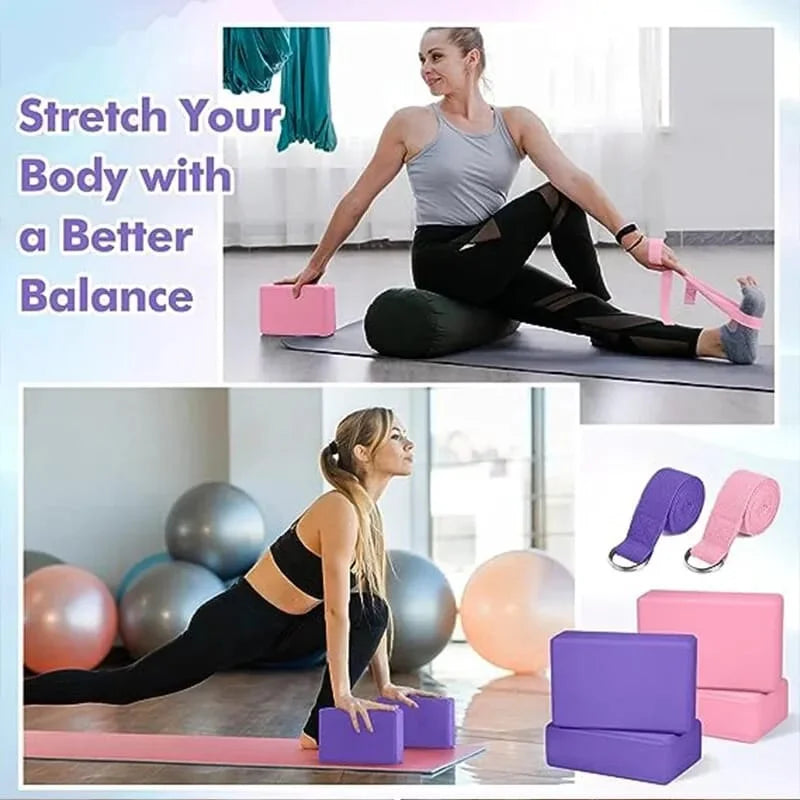Starter yoga poses ideal for beginners. These poses help build a solid foundation in flexibility, strength, and balance.
Starter Yoga Poses for Beginners
Standing Poses
-
Mountain Pose - Tadasana
- A foundational pose for all standing poses that helps with alignment and balance.
-
Downward-Facing Dog - Adho Mukha Svanasana
- Stretches the hamstrings, calves, and spine while strengthening the arms and legs.
-
Warrior I Pose - Virabhadrasana I
- Builds strength in the legs and opens the hips and chest.
-
Warrior II Pose - Virabhadrasana II
- Enhances stamina and balance, stretching the legs and ankles.
-
Tree Pose - Vrksasana
- Improves balance and strengthens the legs and core.
Seated Poses
-
Staff Pose - Dandasana
- A simple seated pose that improves posture and strengthens the back muscles.
-
Seated Forward Bend - Paschimottanasana
- Stretches the hamstrings and spine, calming the mind.
-
Bound Angle Pose - Baddha Konasana
- Opens the hips and stretches the inner thighs and knees.
Backbends
-
Bridge Pose - Setu Bandhasana
- Strengthens the back, glutes, and legs while opening the chest.
-
Cobra Pose - Bhujangasana
- Strengthens the spine and stretches the chest and abdomen.
Balancing Poses
-
Tree Pose - Vrksasana
- A simple balancing pose that helps improve focus and stability.
Supine Poses
-
Corpse Pose - Savasana
- A relaxation pose that calms the mind and body.
-
Happy Baby Pose - Ananda Balasana
- Gently stretches the inner thighs and spine, promoting relaxation.
Forward Bends
-
Child's Pose - Balasana
- A restful pose that stretches the back and hips, providing a gentle stretch to the spine.
Twists
-
Seated Twist Pose - Ardha Matsyendrasana
- Improves spinal flexibility and digestion, while relieving tension.
Tips for Beginners
- Focus on Breath: Ensure you are breathing deeply and consistently, using your breath to support your movements.
- Alignment: Pay attention to the alignment cues given in each pose to prevent injury and maximize benefits.
- Use Props: Utilize yoga blocks, straps, or blankets to assist in poses and provide support.
- Modify as Needed: Do not push your body into a pose. Use modifications to make poses more accessible.
- Consistency: Practice regularly, even if only for a few minutes each day, to build strength and flexibility over time.
- Listen to Your Body: Avoid any movements that cause pain. Yoga should be challenging but not painful.
These poses are perfect for getting started with yoga and will help you build a strong foundation for your practice.



